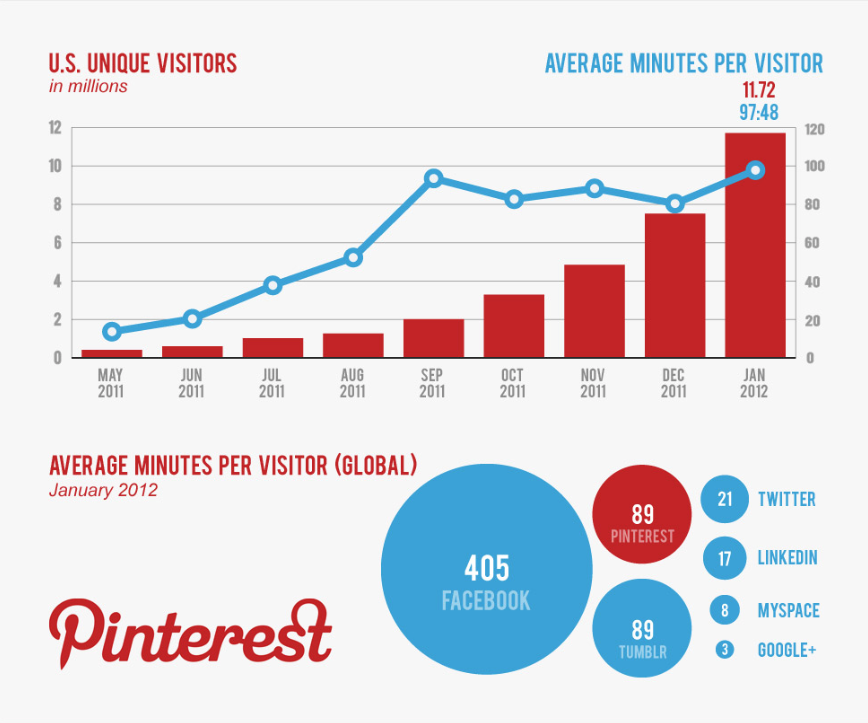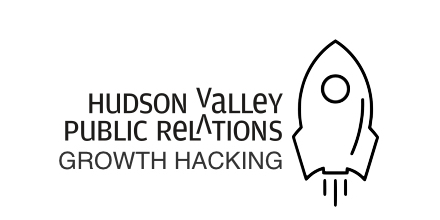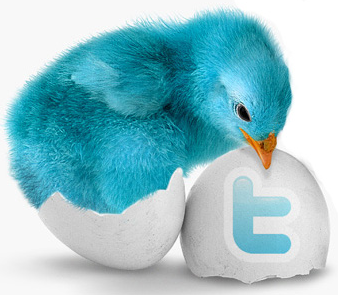Introduction
Public relations, often called PR, is all about how businesses or individuals communicate with the world. It’s like a bridge that connects a company with its audience, helping to share important messages and build a positive reputation. Think of PR as the art of telling your story in a way that people will remember and trust.
In today’s fast-paced world, where news and opinions spread quickly, having good public relations is more important than ever. Whether it’s through social media, news articles, or interviews, PR helps make sure that people understand and appreciate what a company stands for. It’s not just about selling products—it’s about creating connections, building relationships, and gaining the public’s trust.
At the heart of public relations is communication. PR professionals work hard to craft messages that are clear, honest, and engaging. They also know how to handle tricky situations, helping companies protect their reputation during tough times. This can make a huge difference in how the public sees them.
The main goal of PR is to shape a positive image for a brand, making it stand out in a crowded marketplace. Whether it’s introducing a new product, responding to customer concerns, or simply keeping the audience informed, public relations plays a key role in building a company’s success.
In this article, we’ll explore what public relations is, how it works, and why it’s so important for businesses today. You’ll learn about the many ways PR can help a company thrive, from managing media relationships to creating a strong public presence.
1. What is Public Relations?
Public relations (PR) is the process of shaping how the public views a company, person, or organization. It involves communicating the right message to the right people, with the goal of creating a positive image. PR helps build trust and goodwill between a business and its audience. Whether it’s through social media posts, press releases, or events, PR is all about making sure the public has a good understanding of what a company does and what it stands for.
A strong PR strategy is like a roadmap for managing public perception. It includes careful planning on how a company will communicate with the public and handle its reputation. The strategy focuses on how to share positive stories about the company and address any negative situations before they harm the brand. This helps build a solid brand image, where the public sees the company as trustworthy, reliable, and aligned with their values.
One important thing to remember is that PR is not the same as advertising. While advertising is about promoting products and services for sales, PR goes beyond that by focusing on building relationships. It’s about creating long-term connections with customers, media, and even employees. Good PR ensures that these relationships are based on honesty, trust, and mutual respect, which can lead to loyal customers and a great public reputation.
2. The Role of Communication in Public Relations
Communication is at the heart of public relations (PR). It’s the key to making sure that the right messages are shared with the right people. In PR, how a message is delivered can make all the difference in shaping the way people think about a business or organization. Good communication helps a company connect with its audience, build trust, and maintain a positive reputation.
One of the main tools in PR is media relations. This involves working closely with journalists, reporters, and media outlets to ensure that the company’s story reaches the public. Through media relations, companies can share their news, achievements, or important updates in a way that feels natural and trustworthy. Press releases are a popular way to do this. A press release is a formal announcement shared with the media, which can then turn into news stories or interviews that spread the brand’s message further.
But it’s not just about sending out messages—it’s about message control. In PR, every message is carefully crafted to make sure it is clear, positive, and aligned with the company’s goals. The language used, the timing of the message, and even the platform where it is shared all play a big role in how the public responds. PR professionals work hard to deliver messages that connect with the company’s target audience, ensuring they understand and appreciate the brand.
Good communication in PR isn’t just about what is said, but also how it is said. Whether a company is sharing exciting news or dealing with a challenging situation, the way it communicates can strengthen its relationship with the public and build lasting trust.
3. Key Functions of Public Relations
Public relations (PR) plays several essential roles in helping businesses create and maintain a positive image. These functions go beyond just sharing news; they are about building relationships, managing reputations, and engaging with the audience. Here are some of the key functions of PR:
Reputation Management
One of the primary functions of PR is reputation management. This means keeping a close eye on how the public perceives a company and making sure that perception remains positive. PR professionals monitor news articles, social media posts, and other platforms to see what people are saying about the brand. If any negative comments or rumors arise, PR teams work quickly to address them. By responding effectively, they can protect the company’s reputation and reassure the public that the brand is trustworthy.
Stakeholder Engagement
Another vital aspect of PR is stakeholder engagement. This involves building strong relationships with various groups that are important to the company, such as customers, employees, investors, and community members. Engaging with these stakeholders helps companies understand their audience’s needs and concerns. By listening and responding to feedback, businesses can create a loyal following and foster a sense of community around their brand.
Crisis Communication
PR is also crucial during challenging times through crisis communication. When a company faces a problem—such as a product recall or a negative news story—PR professionals step in to manage the situation. They craft clear messages to explain the issue and how the company is addressing it. This transparency helps reassure the public and can even turn a potential crisis into an opportunity to demonstrate the company’s commitment to customer satisfaction and integrity.
Overall, the key functions of public relations are about building and maintaining trust between a company and its audience. By focusing on reputation management, engaging with stakeholders, and handling crises effectively, PR helps create a strong foundation for a successful business.
4. Tools and Tactics in Public Relations
Public relations (PR) relies on a variety of tools and tactics to effectively communicate a company’s messages and engage with the public. These methods help build relationships, manage reputation, and promote the brand. Here are some of the key tools and tactics used in PR:
Media Outreach
Media outreach is one of the most powerful tools in PR. It involves connecting with journalists and media outlets to share news and stories about the company. PR professionals send out press releases, pitch story ideas, and arrange interviews with key company representatives. By building strong relationships with reporters, PR teams can ensure that their news gets covered, allowing the company’s message to reach a wider audience. This can lead to positive media coverage, which enhances the brand’s reputation and visibility.
Social Media Management
In today’s digital age, social media management is an essential part of public relations. Companies use platforms like Facebook, Twitter, Instagram, and LinkedIn to connect with their audience directly. Social media allows businesses to share updates, respond to customer inquiries, and engage with followers in real-time. PR teams create content that resonates with their audience, encourages interaction, and fosters a sense of community. By maintaining an active and positive social media presence, companies can build brand loyalty and enhance their public image.
Publicity and Influence
Another important tactic in PR is generating publicity and leveraging influence. This can involve organizing events, sponsorships, or partnerships with influencers and community leaders to promote the brand. By creating memorable experiences or collaborating with respected figures, companies can enhance their visibility and credibility. Publicity helps create buzz around a product launch or special event, drawing attention and generating interest.
These tools and tactics work together to create a comprehensive PR strategy that helps a company communicate effectively with its audience. By leveraging media outreach, social media, and publicity, PR professionals can craft messages that resonate and build strong relationships with the public.
5. Measuring Success in Public Relations
Measuring the success of public relations (PR) efforts is essential for understanding how well a company is communicating with its audience. It helps PR professionals determine if their strategies are effective and if they are achieving their goals. Here are some key methods used to measure PR success:
Media Coverage Analysis
One of the most common ways to measure PR success is through media coverage analysis. This involves tracking how often a company appears in the news, both in print and online. PR teams evaluate the tone of the coverage—whether it’s positive, negative, or neutral—and assess the overall reach of the stories. By analyzing media coverage, companies can see how their messaging is being received and make adjustments if needed.
Social Media Metrics
Social media metrics provide valuable insights into how well a company is engaging with its audience online. PR professionals track likes, shares, comments, and followers across various platforms. By monitoring these metrics, they can gauge the effectiveness of their social media campaigns and understand what content resonates most with their audience. Increased engagement often indicates that the public is responding positively to the brand’s messages.
Surveys and Feedback
Another important method of measuring PR success is through surveys and feedback. Companies can gather opinions from customers, employees, and other stakeholders to understand their perceptions of the brand. Surveys can ask about brand awareness, trust, and satisfaction levels. By analyzing this feedback, PR teams can identify areas for improvement and adjust their strategies accordingly.
By using these methods to measure success, PR professionals can continuously improve their efforts and ensure that they are effectively managing the company’s reputation and relationships.
6. The Future of Public Relations
As the world continues to evolve, so does the field of public relations (PR). Technology, social media, and changing consumer behaviors are shaping the future of PR in exciting ways. Here are some trends and changes to watch for in the coming years:
Increased Focus on Authenticity
In today’s digital age, consumers are looking for authenticity in the brands they support. PR professionals will need to prioritize genuine communication that reflects the true values and mission of the company. Transparency and honesty will be key in building trust and loyalty among the audience. Brands that show their human side, share real stories, and engage in meaningful conversations will stand out in a crowded marketplace.
Data-Driven PR
Data is becoming increasingly important in PR. Using analytics tools, PR teams can gather insights about their audience and measure the impact of their campaigns more effectively. Data-driven PR allows professionals to tailor their strategies based on audience behavior and preferences. This means creating more targeted messages and selecting the right platforms for maximum impact.
Integration with Digital Marketing
The lines between PR and digital marketing are blurring. As online presence becomes vital for success, PR professionals will need to work closely with digital marketing teams. This collaboration will ensure that both PR and marketing efforts align to create a consistent brand message across all channels. Integrated campaigns that combine PR, social media, and content marketing will likely become the norm.
The future of public relations is bright and full of opportunities. By embracing authenticity, leveraging data, and integrating with digital marketing, PR professionals can continue to play a crucial role in shaping how the public perceives brands.
7. Conclusion
As we move forward, the importance of PR will only continue to grow. With a focus on authenticity, data-driven strategies, and collaboration with digital marketing, PR will remain a vital component of a company’s overall success. By understanding what PR is and why it matters, businesses can harness its power to create lasting connections with their audience and thrive in an ever-changing landscape.









